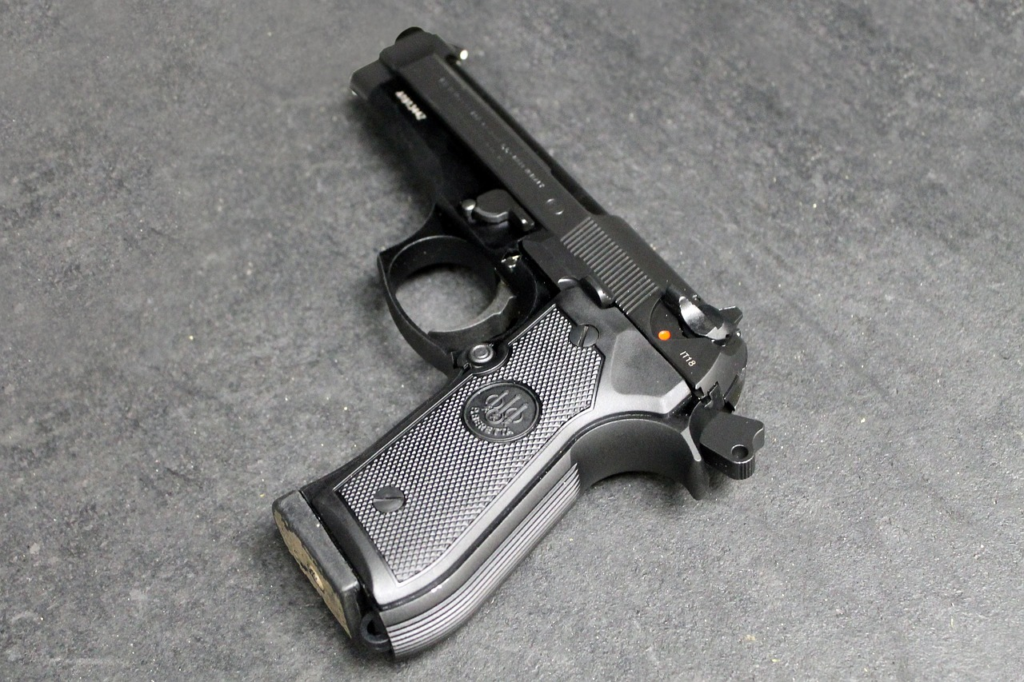Semi-automatic pistols are the go-to pistols for law enforcement, concealed carriers, competitive shooters, and weekend range warriors.
Why?
It’s pretty simple: they can be carried around literally anywhere and they also offer speed, capacity, and a whole lot of practicality packed into one tidy little frame.

But before diving headfirst into the sea of polymer frames and striker-fired triggers, it’s worth slowing down and getting a clear lay of the land, so to say. As we’ll soon see, emi-auto pistols might all look like cousins, but they’re built for very different roles.
What Exactly Is a Semi-Automatic Pistol?
A semi-automatic pistol is a handgun that uses the energy from firing a live round to eject the spent casing, rack the slide, and load the next round into the chamber from the magazine…all in one fluid and rapid motion that happens faster than the blink of an eye.
It fires one round per trigger pull and then it resets itself without any manual input between the shots.
Unlike revolvers, which rotate a cylinder, semi-autos feed rounds from a magazine (which is almost always inserted into the grip). That design gives you more capacity and faster reloads than a revolver, and usually a slimmer profile for carry too.
And that’s exactly why they completely dominate today’s handgun market.
Why Semi-Autos Get All the Love
There are more reasons than one as to why just about every police department, military unit, and armed civilian is rocking a semi-auto these days:
- Round Count
- Let’s not dance around this simple fact: more ammo in the gun means fewer reloads and a bigger safety margin if things go sideways. A full-size pistol can carry 17+1 rounds of 9mm. Even a micro-compact these days can push 10+1.
- Let’s not dance around this simple fact: more ammo in the gun means fewer reloads and a bigger safety margin if things go sideways. A full-size pistol can carry 17+1 rounds of 9mm. Even a micro-compact these days can push 10+1.
- Fast Reloads
- Drop a mag, slam a new one home, rack it (if needed), and you’re back in the fight. There’s no fiddling with loading gates or spinning cylinders.
- Drop a mag, slam a new one home, rack it (if needed), and you’re back in the fight. There’s no fiddling with loading gates or spinning cylinders.
- Slim Profiles
- Even double-stack pistols are generally thinner than revolvers, which makes them generally easier to conceal and more comfortable to carry all day.
- Even double-stack pistols are generally thinner than revolvers, which makes them generally easier to conceal and more comfortable to carry all day.
- Customization Galore
- From red dots to threaded barrels, and from weapon lights to extended mags, semi-autos can be tailored to just about any role or preference.
- From red dots to threaded barrels, and from weapon lights to extended mags, semi-autos can be tailored to just about any role or preference.
- Carry Them Anywhere
- From a hip holster (either inside-the-waistband or outside-the-waistband) to ankle holsters to pocket holsters to shoulder holsters under a jacket, there are no shortage of options in regards to where you can carry a pistol.
Now, pistols are not necessarily perfect. They can be a little more finicky with certain ammo. Limp-wristing from too loose of a grip can cause malfunctions, which isn’t something you’re going to experience with a revolver.
And if you neglect to clean one for too long, it might get cranky. But those are manageable with good habits (and a bit of mechanical sympathy while you’re at it).
The Big Picture: Categories of Semi-Auto Pistols
Not all semi-autos are made for the same job. Some are built like sledgehammers, and others like scalpels. Knowing which one fits your needs is just half the battle.
Full-Size Pistols
These are your heavy hitters. Full-size semi-autos are built for duty carry and home defense, or otherwise just long-range sessions at the range. They come with 4.5 to 5-inch barrels, full-length grips, and the kind of weight that helps absorb recoil without beating up your hands. Think Beretta 92s, SIG Sauer P226s, or Glock 17s.
- Best For
- Nightstand duty, open carry, home defense setups, folks with larger hands
- Nightstand duty, open carry, home defense setups, folks with larger hands
- Expect
- Higher capacity, smoother shooting, better sight radius
- Higher capacity, smoother shooting, better sight radius
- Downside
- Less concealable and heavier for daily carry
Mid-Sized/Compact Pistols
The everyman’s pistol. Compacts offer a balanced blend of size with shootability, and not to mention concealability. They usually sport 4-inch barrels and slightly shorter grips, but still carry enough rounds to keep confidence high. The Glock 19, Walther PDP, and SIG Sauer P229 fall into this category.
- Best For
- Concealed carry without compromise, home defense with more flexibility
- Concealed carry without compromise, home defense with more flexibility
- Expect
- Versatility (the Glock 19, for instance, does just about everything well)
- Versatility (the Glock 19, for instance, does just about everything well)
- Downside
- Slightly more snap than full-size, depending on the caliber
Subcompact and Micro Pistols
Subcompacts and micros are built for one thing: vanishing into your waistband, your pocket, or ankle holster without a trace. With shorter barrels (3 to 3.5 inches) and reduced grip length, they’re ideal for deep concealment. Think guns like the Smith & Wesson Shield, SIG Sauer P365, or the Walther PPS, or little .32 ACP or .380 ACP pocket pistols like the kinds from Kel-Tec or Ruger.
- Best For
- Summer carry, appendix carry, back-up guns
- Summer carry, appendix carry, back-up guns
- Expect
- Lower capacity (though modern designs are closing the gap), more muzzle flip, and a smaller control surface
- Lower capacity (though modern designs are closing the gap), more muzzle flip, and a smaller control surface
- Downside
- Not ideal for new shooters or extended range sessions (their short sight radius and tighter grip mean every mistake gets magnified)
Trigger Types: The Feel Behind the Fire
Trigger feel might be the single most overlooked detail for new buyers. But it shouldn’t be. It can make or break your confidence and your shot placement.
- Striker-Fired
- This is the most common modern setup. Long story short the trigger pull is the same each time. No external hammer. Think Glock, the S&W M&P, or the SIG Sauer P320. Simple, consistent, and great for carry.
- This is the most common modern setup. Long story short the trigger pull is the same each time. No external hammer. Think Glock, the S&W M&P, or the SIG Sauer P320. Simple, consistent, and great for carry.
- DA/SA (Double Action / Single Action)
- The first pull is longer and heavier, and then it resets to a shorter, lighter trigger once the slide cycles. Often includes a decocker. Great for those who train regularly. The Beretta 92, SIG P-series, HK USPs, and CZ 75s fall into this category.
- The first pull is longer and heavier, and then it resets to a shorter, lighter trigger once the slide cycles. Often includes a decocker. Great for those who train regularly. The Beretta 92, SIG P-series, HK USPs, and CZ 75s fall into this category.
- SAO (Single Action Only)
- Super light trigger pull, but requires the hammer to be cocked (but it’s usually paired with a manual safety). Think 1911s. They’re gorgeous guns and great shooters, but not exactly beginner-friendly.
- Super light trigger pull, but requires the hammer to be cocked (but it’s usually paired with a manual safety). Think 1911s. They’re gorgeous guns and great shooters, but not exactly beginner-friendly.
- DAO (Double Action Only)
- These guns have a long and heavy trigger pull every time. It’s rare in modern pistols, but still seen in some law enforcement and concealed carry pieces. Beretta and SIG both make DAO versions of their DA/SA guns for law enforcement use, for instance.
Each has its quirks. Try before you buy if possible because trigger feel is as personal as boot fit.
Caliber Choices for the Real World
Let’s be honest: nobody’s going to stop reading this because you don’t have a PhD in ballistics. So here’s the clean version:
- 9mm
- King of the hill. It’s easy to shoot, cheap to buy, proven in performance. 9mm is everywhere and it’s the most common pistol round in the world for a reason.
- King of the hill. It’s easy to shoot, cheap to buy, proven in performance. 9mm is everywhere and it’s the most common pistol round in the world for a reason.
- .40 S&W
- It had its time but now it’s falling out of favor. Snappy recoil, and fewer rounds per mag. Still has some loyal fans who swear it’s the ‘sweet spot’ between 9mm and .45 though.
- It had its time but now it’s falling out of favor. Snappy recoil, and fewer rounds per mag. Still has some loyal fans who swear it’s the ‘sweet spot’ between 9mm and .45 though.
- .45 ACP
- Slow, heavy, and yet classic. The .45 ACP packs a punch and creates a much bigger hole than 9mm, but you trade capacity and speed.
- Slow, heavy, and yet classic. The .45 ACP packs a punch and creates a much bigger hole than 9mm, but you trade capacity and speed.
- .380 ACP
- .380 ACP is often chambered in tiny guns that are designed to fit in your pocket. Also known as 9mm Short (because it’s literally a 9mm round that’s just been shortened), the .380 ACP can be snappy in such a tiny gun but it will get the job done.
- .380 ACP is often chambered in tiny guns that are designed to fit in your pocket. Also known as 9mm Short (because it’s literally a 9mm round that’s just been shortened), the .380 ACP can be snappy in such a tiny gun but it will get the job done.
- 10mm Auto
- The hammer. 10mm is great for woods carry for defense against wild animals…and maybe those who like to flex. Recoil is no joke and it’s expensive to shoot too.
For most folks, 9mm hits the sweet spot. Defensive ammo today is more effective than ever, and you can train without breaking the bank.
The Bottom Line
There’s no such thing as the best pistol for everyone. There’s only the right pistol for your life, your carry style, and your level of experience.
Get your hands on a few at a sporting goods store or a gun range. Ask questions. Dry fire. Shoot your friends’ guns at the range.
And when you find one that feels like it was made for your hand, buy ammo and not upgrades.
This is for one very simple reason: because the real secret to a great semi-auto pistol? It’s not in the gun. It’s in the time you spend learning to run it like it’s second nature.

